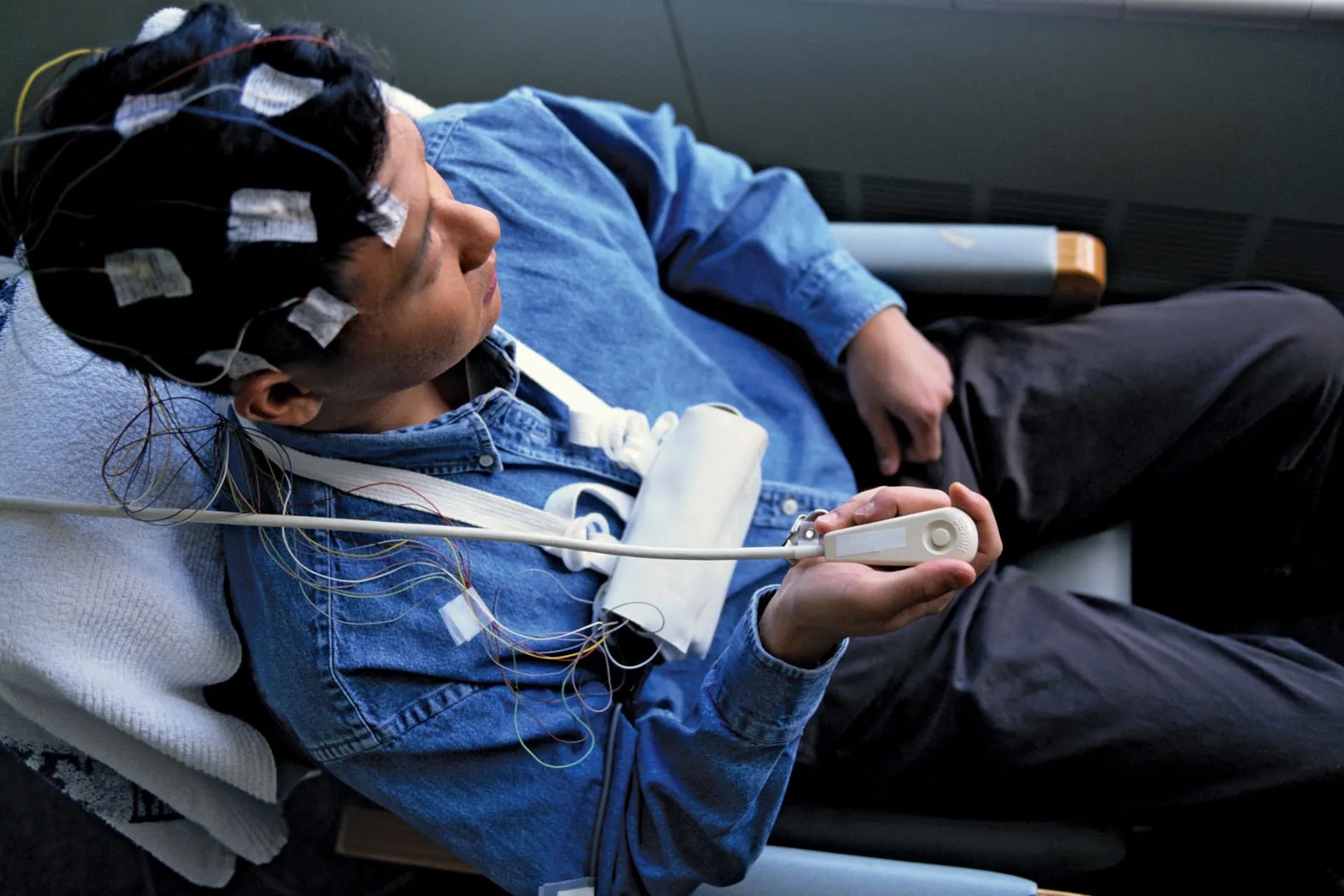
What is Janz Syndrome? Janz Syndrome, also known as juvenile myoclonic epilepsy (JME), is a common form of epilepsy that usually starts in adolescence. It affects about 5-10% of people with epilepsy. This condition is characterized by different types of seizures, including myoclonic, generalized tonic-clonic, and sometimes absence seizures. Myoclonic seizures, which involve sudden, brief muscle jerks, are the hallmark of JME. These often occur after waking up or when sleep-deprived. JME has a strong genetic component, with about half of the cases having a family history of epilepsy. Diagnosing JME involves patient history, clinical presentation, and EEG patterns. Treatment typically includes antiepileptic medications to control seizures. Understanding Janz Syndrome is crucial for managing and supporting those affected by this condition.
Key Takeaways:
- Janz Syndrome, also known as JME, is a common form of epilepsy that usually starts in adolescence. It involves different types of seizures, genetic factors, and can be managed with medication and a team approach for comprehensive care.
- Understanding the age of onset, seizure types, genetic factors, and long-term prognosis of Janz Syndrome is crucial for early diagnosis, effective treatment, and improved quality of life. Family history and interprofessional care play a significant role in managing this condition.
What is Janz Syndrome?
Janz syndrome, also known as juvenile myoclonic epilepsy (JME), is a common type of epilepsy that usually begins in adolescence. Let's dive into some key facts about this condition.
-
Definition and Names
Janz syndrome is another name for juvenile myoclonic epilepsy (JME). It's also called impulsive petit mal. -
Prevalence
JME makes up about 5-10% of all epilepsy cases, making it a common form of childhood epilepsy.
When Does Janz Syndrome Typically Start?
Understanding the age of onset can help in early diagnosis and management.
-
Age of Onset
JME usually starts between ages 12 and 18. Some cases can begin as early as 8 or as late as 36. -
Sex Distribution
Both boys and girls can get JME, but some studies suggest it might be slightly more common in girls.
Types of Seizures in Janz Syndrome
JME involves different types of seizures. Knowing these can help in identifying the condition.
-
Seizure Types
The main types are myoclonic, generalized tonic-clonic, and absence seizures. Myoclonic seizures are the most common. -
Myoclonic Seizures
These seizures often happen after waking up, in the evening, or when sleep-deprived. They cause brief, involuntary muscle jerks. -
Generalized Tonic-Clonic Seizures
These seizures affect the whole brain and body, leading to convulsions and loss of consciousness. -
Absence Seizures
Some JME patients experience absence seizures, which involve brief periods of lost consciousness without convulsions.
Genetic Factors and Brain Development
JME has a strong genetic component and involves specific brain abnormalities.
-
Genetic Factors
About 50% of JME cases have a family history of epilepsy, showing a strong genetic link. -
Genetic Associations
Genes like CACNB4, EFHC1, and GABRA1 are linked to JME. These genes affect how the brain develops and functions. -
Brain Development
Abnormalities in brain development, such as issues with neuronal migration, contribute to JME. Mutations in genes like EFHC1 can cause these problems.
How is Janz Syndrome Diagnosed?
Diagnosis involves a combination of patient history, clinical presentation, and specific tests.
-
Diagnosis
Doctors diagnose JME based on patient history and clinical signs. Physical exams are usually normal, but EEG tests can show specific patterns. -
EEG Patterns
EEG tests for JME typically show generalized 4–6 Hz polyspike and slow wave discharges. These patterns help distinguish JME from other epilepsy types. -
Imaging Studies
MRI and CT scans usually look normal in JME patients. However, some studies show abnormalities in the thalamus and frontal cortex.
Treatment and Long-Term Outlook
Managing JME involves medication and understanding the long-term prognosis.
-
Treatment
Antiepileptic medications like valproate, levetiracetam, and lamotrigine are commonly used. The goal is to control seizures and prevent new ones. -
Long-Term Prognosis
The outlook varies. Some patients become seizure-free, while others continue to have myoclonus. About a third of patients have no troublesome seizures 25 years after onset.
Additional Considerations
JME can also involve psychiatric issues and affect intellectual function.
-
Psychiatric Comorbidities
JME is linked to higher rates of psychiatric disorders like anxiety and mood disorders. The exact relationship is still being studied. -
Intellectual Function
Most JME patients have normal intellectual function, though some studies suggest slightly lower IQs compared to healthy individuals.
The Role of Family History and Interprofessional Care
Family history and a team approach are crucial in managing JME.
-
Family History
A significant number of JME patients have relatives with epilepsy. This highlights the importance of genetic factors. -
Management and Interprofessional Team
Effective management requires a team approach, including neurologists and psychiatrists. This ensures comprehensive care for both medical and psychological aspects.
Final Thoughts on Janz Syndrome
Janz syndrome, or juvenile myoclonic epilepsy (JME), is a common form of epilepsy that usually starts in adolescence. It involves myoclonic, generalized tonic-clonic, and sometimes absence seizures. While it affects both sexes, there's a slight tilt towards females. Genetics play a big role, with many patients having a family history of epilepsy. Diagnosis relies on patient history and EEG patterns, while MRI and CT scans often appear normal. Treatment typically involves antiepileptic medications like valproate and levetiracetam. Long-term outcomes vary; some patients achieve seizure control, while others continue to experience symptoms. Psychiatric comorbidities and slightly lower IQs are also noted in some cases. Managing JME effectively requires a team approach, involving neurologists and psychiatrists. Understanding JME's complexities helps in providing better care and improving patient outcomes.
Frequently Asked Questions
Was this page helpful?
Our commitment to delivering trustworthy and engaging content is at the heart of what we do. Each fact on our site is contributed by real users like you, bringing a wealth of diverse insights and information. To ensure the highest standards of accuracy and reliability, our dedicated editors meticulously review each submission. This process guarantees that the facts we share are not only fascinating but also credible. Trust in our commitment to quality and authenticity as you explore and learn with us.


